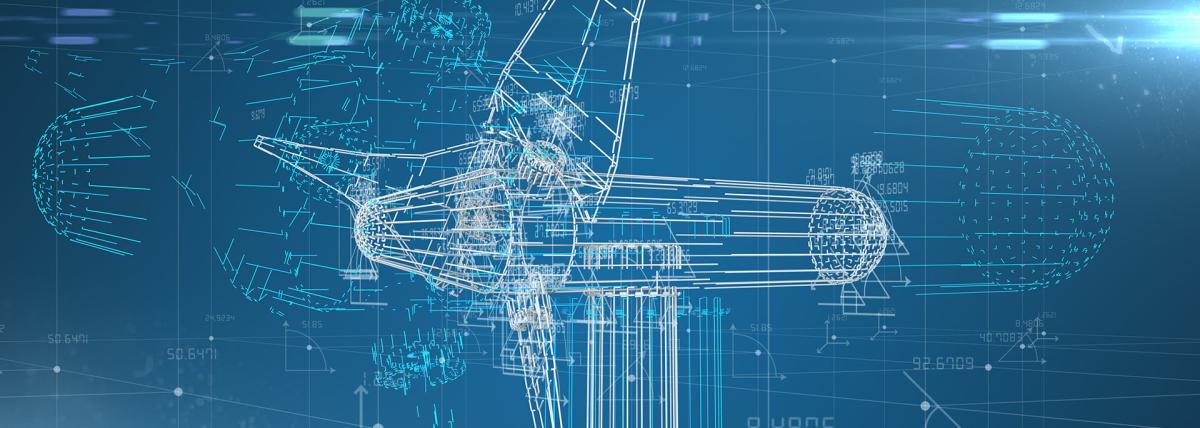This is a hands-on, collaborative lesson that allows the students to include art and presentation skills in the project. The students research various aspects of a selected planet and then presents
Students learn about the Colorado River watershed and the impact of water rights and usage. They will read about the past and present water flow data, build a model of the watershed, calculate data
In this unit, students will use their knowledge of weather and climate patterns to construct, place, and collect data from a rain gauge for one month. The beginning of the school year would be the
This is a high-school level hands-on project that allows students to build their own working sundial, make predictions and assess their accuracy. This lesson ties in with the study of Kepler's Laws.
The students construct and interpret an HR Diagram to better understand the significance and usefulness of the diagram.
Students will explore how gravity plays a role in orbits and the attraction between objects in space, using online simulations. In addition to the online simulations this lesson contains ideas for
This lesson uses a PhET Simulation to allow students to collect data on the orbits of planets around our Sun, then summarize and share their results. It is designed for students in Grades 9-12.
In this lesson, students use the Kepler’s Laws PhET Simulation to collect data on the period and average radius of the planetary orbits. They graph and analyze that data to derive Kepler’s 3rd Law.
This lesson serves as visual example of the concept of exponents and how scientific notation is utilized in science. Additionally, students will utilize scientific notation to measure distance of
Students will explore the phenomenon of length of day that is created by Earth's tilt on its axis in relationship to its orbit around the sun. Students will collect and analyze data about the length
This lesson serves to provide an extension to lesson one. In this lesson, students will have the opportunity to build their own model of the solar system to scale, utilizing math concepts of exponents
In this lesson, students will be creating a working model demonstrating Earth’s rotation and revolution. Students will be able to explain the differences between Earth’s rotation and revolution
This is the first of four lessons based on the novel Space Case by Stuart Gibbs. This lesson will help create equitable background knowledge for the literature-infused project-based learning project
Get your students up and moving! Together, you and your students will move and create a model of the solar system. Your kinesthetic learners will love this lesson! The solar system comes to life
In this lesson, students will be introduced to the concept of solar angle and how Earth’s tilt on its axis and revolution around the sun are responsible for seasonal changes in temperature, daylight
Space Case Chapters 1-7
This is the 2nd set of 4 lesson plans that correlate with the novel "Space Case" by Stuart Gibbs. This is a literature-inspired project base learning opportunity. The lessons include straw rockets
In this hands-on lesson, students from the Trigonometry class construct a sundial and see the experimental application of Trigonometry. Student will not just delve into trigonometry, but they will
Part 1: Rotation and Revolution (of Earth) Phenomenon: Why do we experience periods of day and night? This is a 1 to 3-day lesson with five activities primarily focusing on rotation of the Earth which
In this lesson students model a fast change to Earth's surface by creating a landslide and a slow change to Earth's surface by simulating coastal erosion.
This lesson is an introduction to the sun’s energy. It is mainly an opportunity for students to explore resources and their environment independently or with partners. This allows students to
An investigation into the function and uses of solar panels in agriculture - Agrivoltaics. Exploring how to get the most efficient use of your solar panels for your gardens.
In this 3 day lesson plan, students will discover the relationships between the sun, earth, moon, solar/lunar eclipses and the tides.
Students will explore the concepts of sound and rhythm through a STEM-focused lesson plan that integrates science, technology, engineering, and math (STEM) with music. Students will engage in hands-on
Featured Lesson Plans
Check out these notable lesson plans.

Ice Cores and Climate Change
This ice core activity takes place within a lesson on climate change that utilizes PBS Learning Media. The teacher will build ice cores for students to investigate and gather data. Students will use




